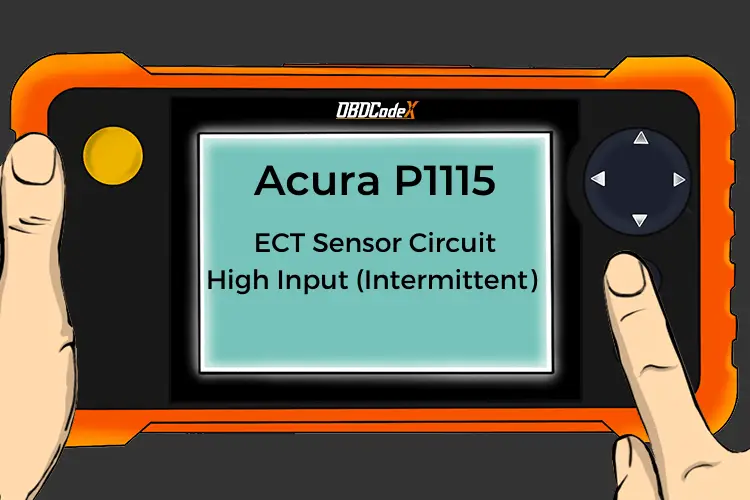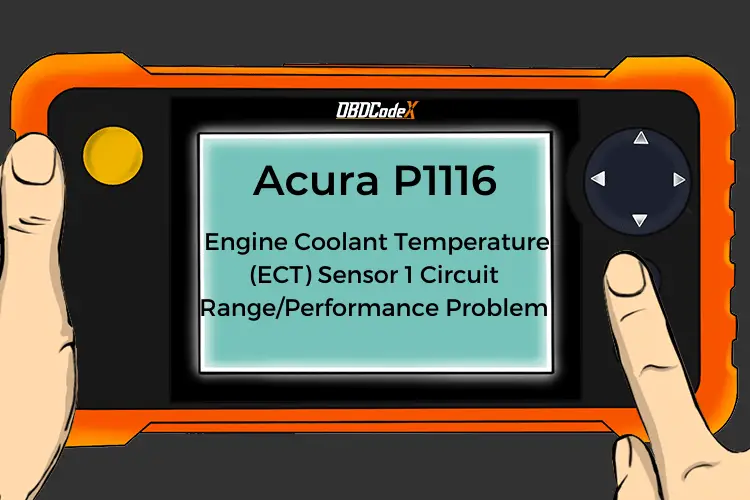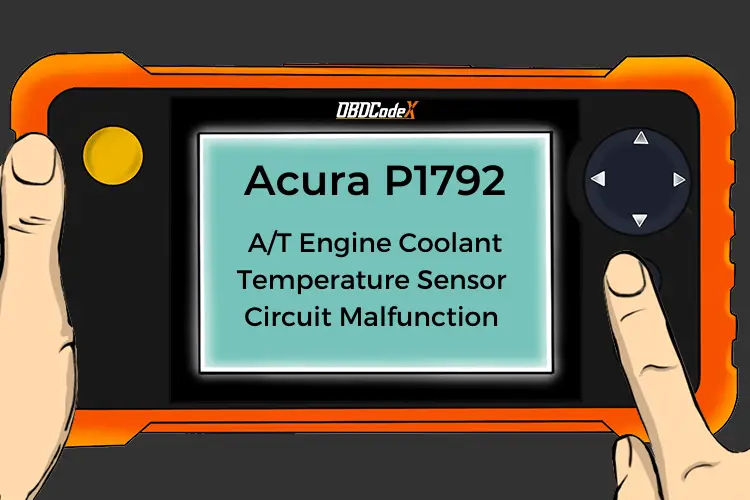P0126: Insufficient Coolant Temperature for Stable Operation
Is your scanner showing P0126?
No worries. We'll show you what it means and how to deal with it.
P0126: Insufficient Coolant Temperature for Stable Operation
OVERVIEWWhat Does The P0126 Code Mean?
A P0126 diagnostic trouble code (DTC) is a generic powertrain code. That means it applies to all makes/models from 1996-newer but specific troubleshooting steps may depend on the specific vehicle.
Vehicles use an engine coolant temperature (ECT) sensorwho’s signal is used by the powertrain control module (PCM) along with other sensors to optimize the vehicle’s operation.
It’s important for the engine to warm up and run in a particular temperature range. If the engine does not reach normal operating temperature in the expected time period, this code is triggered.
Based on related discussions in our car repair forums, this particular trouble code seems to be more commonly found on Mazda vehicles, although any vehicle can experience this code. There are a few Mazda technical service bulletins (TSB) regarding this code, so if you have a Mazda, check for appropriate TSBs prior to performing diagnosis.
What Are The Symptoms Of The P0126 Code?
Symptoms of a P0126 code will include Malfunction Indicator Lamp (MIL) illumination with the P0126 code set in the PCM memory. You may or may not experience increased fuel consumption.
What Are The Potential Causes Of The P0126 Code?
A code P0126 may mean that one or more of the following has happened:
- Low engine coolant level
- Faulty thermostat
- Faulty coolant temperature sensor (CTS)
- CTS electrical wiring or connector problem – open, short, or poor connection
How Can You Fix The P0126 Code?
No matter what vehicle you have, you should check for applicable Technical Service Bulletins (TSB) as they pertain to your vehicle. In the case of Mazda, there are some known TSBs and the fix is to reprogram the PCM because this code is triggered due to a “glitch” in the PCM’s programming.
That’s not to say that if you have a Mazda this is the only possible fix. It is still possible there is a physical problem with the wiring, thermostat, etc. Again, refer to TSBs first before replacing parts to see if they apply to you.
- Check to ensure proper cooling fan operation. On when it should be on, off when it should be off, repair as necessary. If the cooling fan is always on, it could be causing the engine to warm up too slowly or not warm up to proper operating temperature.
- Check engine coolant level. If low, top up, clear code and drive vehicle to see if it returns.
- Refer to the “freeze frame” data and view live data using a code scanner to see the value of the engine temperature sensor. Compare with manufacturers specifications.
- Use a laser thermometer to verify the temperature of the coolant as close as safe, measure the temperature of the engine and compare with the value of the sensor reading.
- Inspect for a faulty thermostat, coolant temperature sensor (CTS), and wiring. Repair as required.
Recommended Parts
Below are some recommended auto parts to help you address the trouble code affecting your vehicle and get it running smoothly again:
Note: During the purchasing process, please check carefully whether the part you want to buy fits your car!
Check This Video For Reference
Reference Sources
Diagnostic Trouble Code (DTC) Guide for P0126 – Ominitek Advanced Technologies, pages 42-43.








